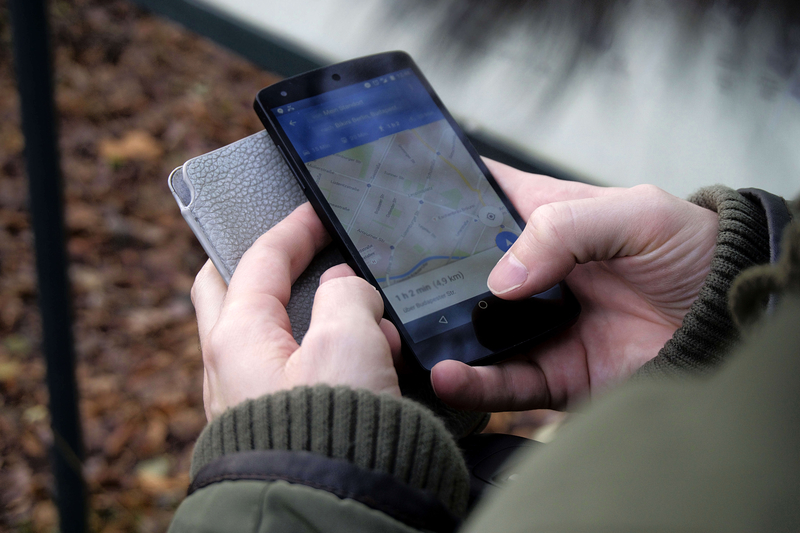A recent discussion in our office centered around a report on how those comprising Generation Z utilize their I-phones and similar devices (Gen Z defined as 13-22-year-olds). The report suggested this generation used their devices up to 10 hours each day.
When I asked a sampling of my students at Marquette University if this was accurate, they agreed the survey’s daily total was high, though one incredibly honest individual admitted to being on his phone for “up to 15 minutes” during each of our twice-weekly, 75-minute classes.
This got me to thinking, again, about the ongoing communication revolution (more ways to reach people, more tools, more targeting, more touchpoints, etc.). Many of today’s top professional marketers grew up in a time when three or four major TV networks was the norm, ad campaigns were only “targeted” if the commercials aired during Saturday morning cartoons or Sunday afternoon football, and a large, daily newspaper arrived on your doorstep each day.
A more-current generation may have screamed “I Want My MTV!”, but even they were limited in terms of seeing only what those early cable channels chose to air.
Today’s consumers determine for themselves what messages they wish to receive, when to receive them and on the device(s) of their choice. As marketers, it is imperative that we ask them how they would like to learn more about our clients’ products and services. What is going to motivate them to click on that link, go to that store, contribute to that non-profit and ultimately respond to the call to action?
The fact that power now rests in the hands, literally, of the receiver rather than those creating the message is not necessarily a bad thing. Provided we communicate enough with them to reach them in the manner they are most accustomed.
Perhaps I’ll even send my students a text message during class to make sure they are paying attention.


